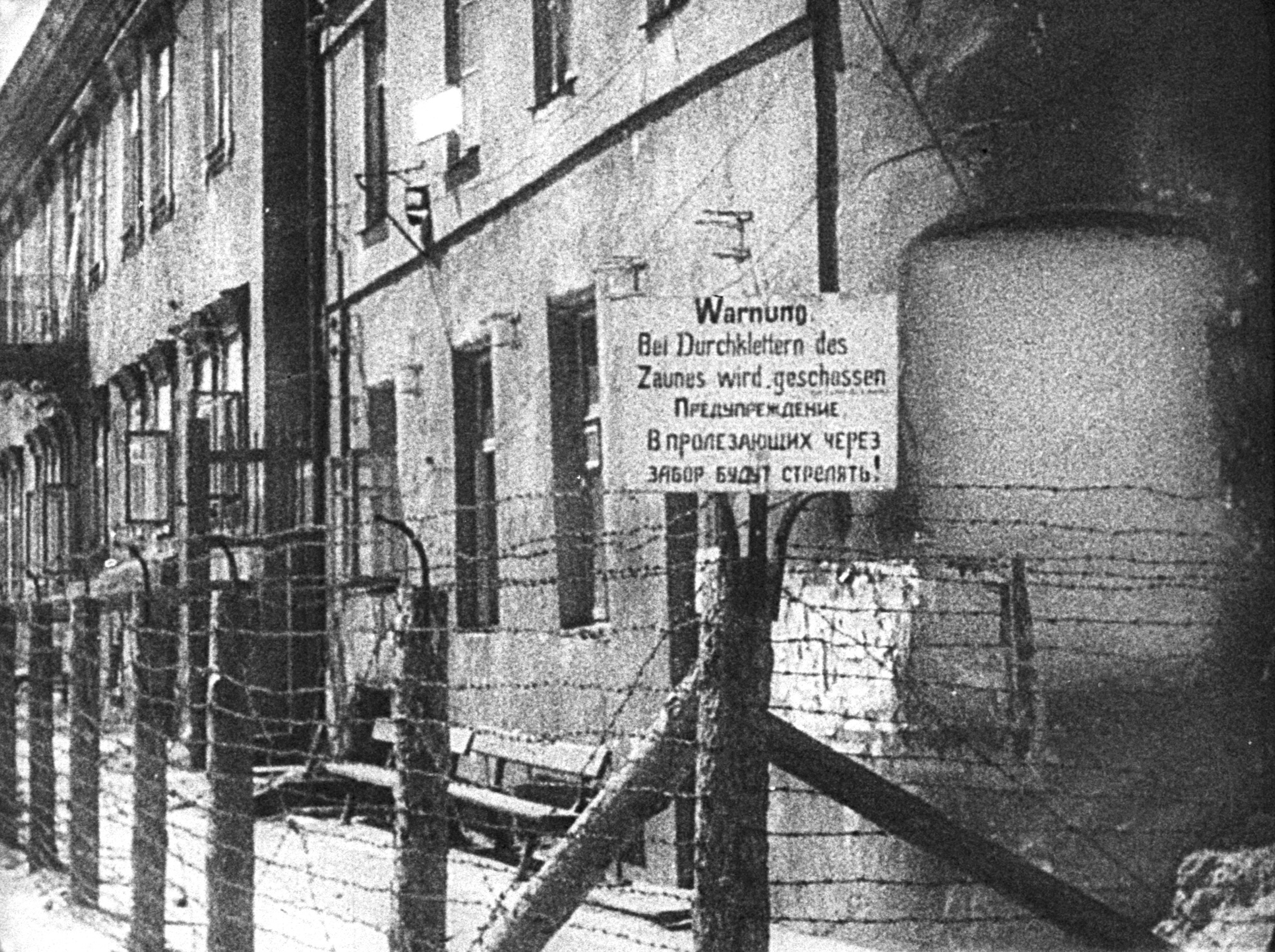
IHMEC: courtesy of Matus Stolov.
By the end of 1941, more than a million Jews in German-occupied Soviet territories were isolated in local ghettos.
Some ghettos existed for only a few days; others for months or years. The largest ghetto was in Minsk, Belarus, which confined some 70,000 Jews.
In the ghettos, Jews lived under harsh conditions, fearing Aktionen (mass killings). Many created hiding places to survive the roundups. Those fit for work were allowed to live for a time. Many died of starvation, while others smuggled food and medicine to survive.
Jews responded to ghettoization with a variety of resistance efforts. Some fled to partisan groups and carried out acts of sabotage.
Armed uprisings took place in some ghettos, including Slonim, Lakhva, Kletsk, Nesvizh, Lutsk, and Kamenetsk-Podolsky.
After 1943, the Germans liquidated the ghettos. Germans and their auxiliaries either shot ghetto residents and buried them in mass graves or deported them to killing centers, concentration camps, or forced labor camps.
Matus Stolov
Matus Stolov (center) with his mother, Fanya, and brother, Boris, Minsk, Belarus, 1940.
Matus Stolov lived in Minsk with his mother, Fanya, and brother, Boris. When the Germans invaded, the family attempted to jump aboard a freight train headed east. Fanya was unable to board, so Matus jumped off to stay with her. Boris joined the Red Army as a medic and was declared Missing in Action in 1942. Matus and his mother survived multiple Aktionen in the Minsk ghetto. A family friend nicknamed “Big Lena” secured false documents for them to escape the ghetto. After nearly two months of walking, Matus and his mother were liberated by the Soviets and lived out the war in Kazan, U.S.S.R.
Escape from the ghetto was possible only for a few.
Some escaped through gaps in the wall, through sewers, or by tunneling underneath the wall. Others slipped away from work brigades outside the ghetto.
Once outside, some Jews were able to pass as Christians by using false identity papers. Others found non-Jews willing to hide them as a gesture of solidarity or because it benefitted them financially. Jews also survived in forests bordering Vilna, Minsk, Kovno, and other cities.
Those who hid lived in constant fear of betrayal and discovery. Jews who were discovered in hiding were shot or sent directly to the camps. Rescuers who hid Jews were subject to death if they were discovered, while informers who turned in Jews and their rescuers received rewards.








